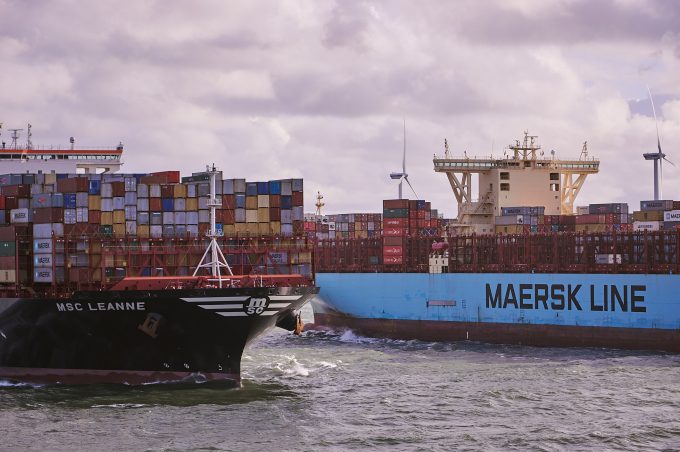Asia-West Africa ULCV deployment opens new markets for carriers
Following a sustained period of investment in port infrastructure and container handling equipment, ultra-large container ...

A record-breaking Atlantic hurricane season has severely disrupted transatlantic liner services, adding to capacity shortage issues on the route.
Moreover, an acceleration in modal shift from severely congested US west coast ports to east and Gulf coast terminals has resulted in more berthing delays and last-minute ...
Keep our news independent, by supporting The Loadstar
Four crew members still missing as Wan Hai 503 continues to burn
Explosions and 'out-of-control' fire reported on Wan Hai box ship
Carrier price hikes hold, driving spot rates higher as space gets scarcer
Crew forced to abandon ship in latest fire on vessel carrying EVs
The Loadstar Podcast | Transport Logistic and Air Cargo Europe 2025
Transpacific rates ease as capacity boost proves too much for trades to digest
Turkish Airlines falls foul of air safety regulations, claims India's aviation authority

Comment on this article